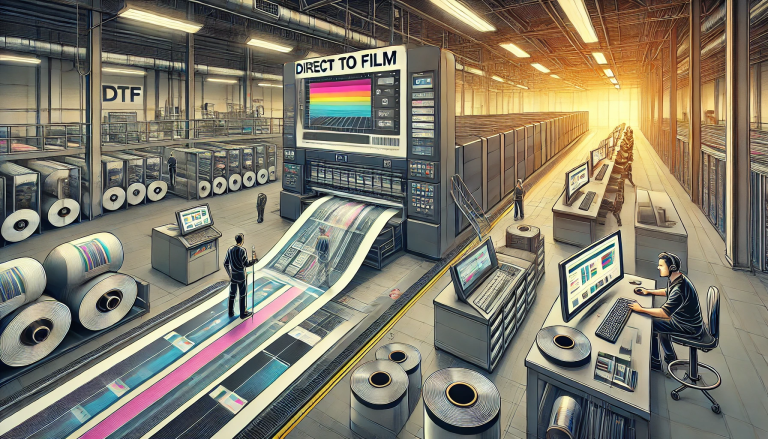Introduction
Define DTF printing and its relevance in the textile industry.
Briefly mention the evolution from traditional printing methods to digital techniques like DTF.
Present a thesis statement that the article will explore the technology, its advantages, applications, and potential future developments.
Understanding DTF Printing
Describe the DTF printing process step-by-step (preparing the design, printing on film, applying adhesive powder, curing, and transferring to the fabric).
Compare DTF with other printing methods like DTG (Direct to Garment) to highlight its unique aspects.
Advantages of DTF Printing
Discuss the flexibility in fabric choice, as DTF can be used on a wide range of textiles.
Elaborate on the high-quality and durability of prints.
Mention the cost-effectiveness and efficiency for small to medium batch production.
Applications in the Industry
Provide examples of industries or sectors where DTF printing is popular (e.g., fashion, sportswear, custom apparel).
Discuss how DTF printing supports creative designs and limited edition runs.
Challenges and Limitations
Address any challenges in the DTF process, like equipment cost or technical skill requirements.
Discuss limitations, if any, regarding fabric types or color fidelity.
Future of DTF Printing
Speculate on potential technological advancements in DTF printing.
Consider environmental impacts and the push towards more sustainable practices in textile printing.
Conclusion
Summarize the key points discussed.
Reiterate the importance and impact of DTF printing in the textile industry.
End with a forward-looking statement or a call to action for industry professionals.



